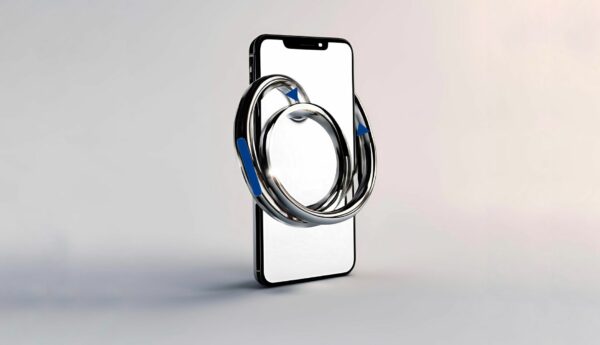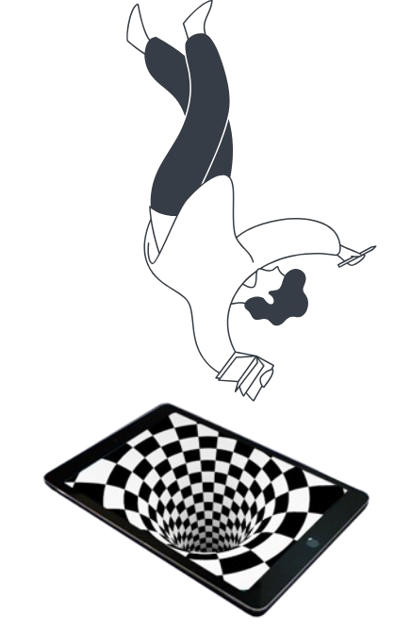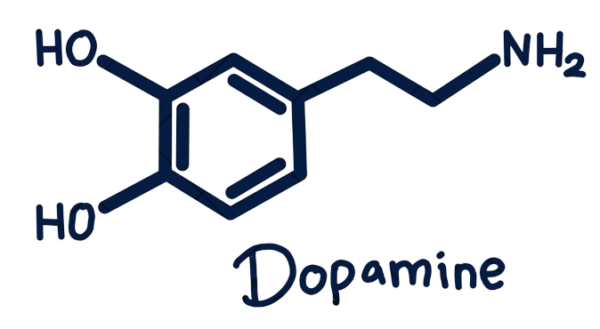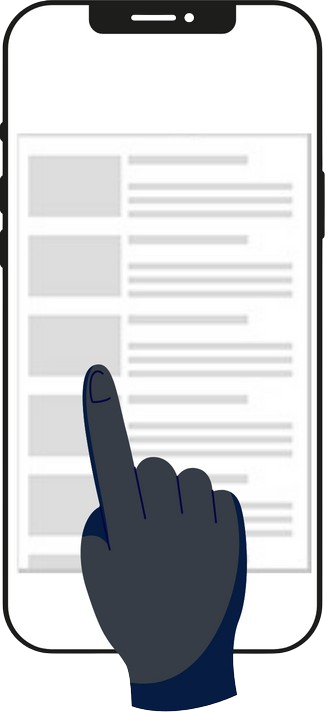
In today’s hyper-connected world, social media has become an undeniable force. While it offers countless benefits for communication and community, it also holds a darker side: the potential for addiction. This constant urge to check likes, follow feeds, and curate online personas can spiral into problematic behaviors, impacting our mental health, relationships, and work. Social media feeds are meticulously crafted to captivate us, with platforms using sophisticated algorithms to curate content specifically tailored to our interests, creating a near-endless loop of engagement. This personalized approach fuels a desire to stay glued to our screens constantly for the next dopamine rush from a like, comment, or new content. With features like infinite scroll, where content seemingly never ends, and pull-to-refresh, which encourages immediate updates, these platforms cleverly exploit our desire for instant novelty. Understanding how these manipulative design elements contribute to social media addiction is crucial for navigating the digital landscape and building healthy relationships with technology.
Have you ever lost yourself down a TikTok rabbit hole, only to emerge hours later bewildered by the passage of time? This phenomenon, fueled by the insidious infinite scroll feature present on most social media platforms, might be the culprit behind your warped sense of time, dwindling attention span, and fleeting boredom.
Why is it so hard to stop scrolling?

Overcoming the temptation to endlessly scroll through social media’s never-ending feed poses a significant challenge for users, largely due to a fundamental cognitive shortcut in our brains known as unit bias. The unit bias theory suggests that our brains perceive a given amount as the natural stopping point for consumption. We experience satisfaction by finishing this perceived unit, like finishing a plate of food1. However, social media feeds never provide a clear stopping point. Users are left perpetually searching for that elusive feeling of completion, sometimes leading to frustration.
Why do I struggle to maintain focus during longer tasks?

A single TikTok video or Instagram Reel is not perceived as a satisfying unit because of its brevity (typically under ten minutes). Our brains have become accustomed to consuming small, bite-sized forms of media. The continuous stream of algorithmically curated content poses challenges for students trying to concentrate in school, as they are not accustomed to maintaining intense levels of focus for extended periods2. This phenomenon is demonstrated by the hunger for ever-shorter content on social media. Take TikTok, for example, where creators like @heyitsyoon_ have built their fame by summarizing videos of a few minutes long.
Imagine already bypassing a lengthy research paper on happiness through finding a clear 2:24 minute video on the key points. But for those with even shorter attention spans, @heyitsyoon_ condenses it further into a snappy 15-second clip. This trend isn’t just in English – the French TikToker @abregefrere (“Abbreviate Brother”) mirrored this strategy, reaching a million followers in just a week with similar content! The appeal of these ultra-short summaries goes beyond their brevity. They fuel our desire to keep scrolling, allowing users to consume more content within a limited timeframe. If social media platforms were to limit the number of videos users see in their feeds, summarized content might see a shift in popularity. Users might then prioritize full-length videos for a more complete experience. Beyond the infinite scroll and condensed content, social media employs other tactics that chip away at our attention spans. Constant notification pings and the Fear Of Missing Out (FOMO) fuel a desire to stay perpetually plugged in, consuming a never-ending stream of updates.
Why do I find it difficult to stay entertained when I’m not using my phone?

The constant stream of short content bombards us with dopamine. Dopamine goes beyond just pleasure. It acts as a key player in learning and attention, influencing our mood, and health (including heart rate, kidney function, blood vessel function, sleep, and even pain processing). It can provide an intense feeling of reward3. Since algorithms curate feeds to our interests, they create a cycle of instant gratification. Each video offers a quick dopamine rush, reinforcing the scrolling behavior and keeping us glued to the screen4. The brain, conditioned by the previous dopamine rushes, seeks a repeat. With feeds stretching into infinity, users encountering something mildly interesting don’t persevere through longer content, driven by the constant promise of something more stimulating just a swipe away. While dopamine is crucial for motivation and well-being, social media feeds hijack this system, turning us into dopamine addicts5. During moments of downtime, we’re often tempted to open these readily available apps that offer an endless stream of free content, enticing us with the promise of dopamine release.
Why do I find myself scrolling more through my phone’s feed compared to my computer?

There’s a fascinating difference in social media habits using a computer or phone. On a computer, we find ourselves engaging less frequently and for shorter durations. This can be attributed to the absence of a readily available pull to refresh feature in the interface. As the initial novelty of content fades on our phones, and the algorithm’s recommendations become predictable, we pull to refresh the feed instead of simply closing the app. This creates an illusion of control over the feed since the action of refreshing is initiated by the user. However, this perceived control is a meticulously crafted effect because ultimately, the algorithm dictates the content available in one’s feed. Much like the flashing lights and clinking coins of a slot machine, this design is intended to trigger a primal urge to explore further and pull again. Each refresh promises a potential reward. This mindless gesture becomes a habit fueled by the same variable reinforcement schedule that keeps gamblers hooked. Unpredictable rewards grab our attention, creating a cycle of habitual checking that mirrors the repetitive lever-pulling behavior of a slot machine player6. This feature keeps users engaged on the platform, trapping them into a cycle of refreshing and scrolling. Without the constant prompt to see the latest content, the brain treats the feed as a more defined unit. The anticipation of something new – the coveted dopamine rush – isn’t constantly dangled on one’s screen. This reduces the urge to robotically refresh and scroll, breaking the cycle that keeps us glued to our phone. This observation underscores the powerful influence of design choices on social media platforms. Without the constant FOMO fueled by the potential refresh, social media use on a computer offers a more controlled and potentially healthier social media experience.
Understanding these manipulative tactics is the crucial first step towards breaking free from their hold. Once aware, we can take action to create healthier relationships with social media. Establishing personal boundaries, such as setting time limits or designated app-free zones, can help regain control. Additionally, incorporating digital wellness practices like mindfulness exercises or engaging hobbies into one’s daily routine can offer a more fulfilling alternative to mindless scrolling. By taking preventative measures, we can mitigate the negative impact of excessive social media use and reclaim control over our time and attention.
References
| ↥1 | Geier, A. B., Rozin, P., & Doros, G. (2005). Unit Bias: A new heuristic that helps explain the effect of portion size on food intake. Association for Psychological Science, 17(6), 521–525. ://journals.sagepub.com/doi/pdf/10.1111/j.1467-9280.2006.01738.x |
| ↥2 | Nussenbaum, T. (2023, December 14). Social media causes attention spans to drop. The Standard. Retrieved April 23, 2024, from https://standard.asl.org/27705/uncategorized/social-media causes-attention-spans-to-drop/ |
| ↥3 | Watson, S. (2024, April 18). Dopamine: The pathway to pleasure. Harvard Health. Retrieved April 24, 2024, from https://www.health.harvard.edu/mind-and-mood/dopamine-the-pathway-to pleasure |
| ↥4 | Syverson, G. (2024, February 13). Shocking impact: TikTok videos and kids’ attention spans & dopamine. Medium. Retrieved April 24, 2024, from https://medium.com/@syversonsolution/shocking-impact-tiktok-videos-and-kids-attention-spans-dopamine-9d0104d135ad |
| ↥5 | Waters, J. (2021, August 22). Constant craving: how digital media turned us all into dopamine addicts. The Guardian. https://www.theguardian.com/global/2021/aug/22/how-digital-media-turned-us-all-into-dopamine-addicts-and-what-we-can-do-to-break-the-cycle |
| ↥6 | Kruger, D. (2018, May 18). Social media copies gambling methods “to create psychological cravings.” Institute for Healthcare Policy & Innovation. Retrieved April 25, 2024, from https://ihpi.umich.edu/news/social-media-copies-gambling-methods-create-psychological-cravings |